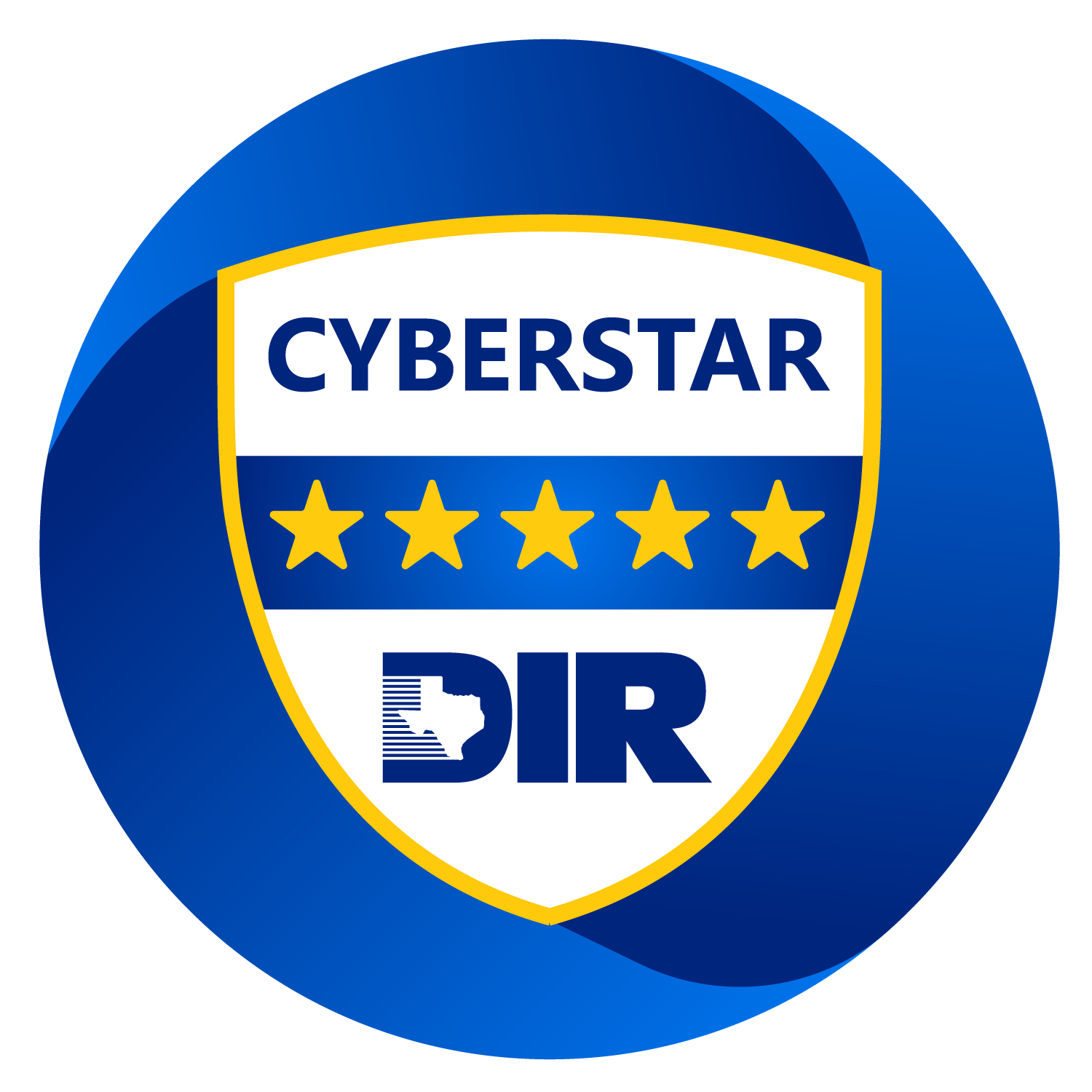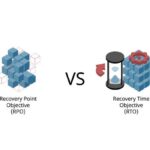Cybersecurity threats are growing more sophisticated, and organizations need to take proactive steps to protect their sensitive data. Privileged access management (PAM) is a crucial security framework that safeguards critical systems by controlling and monitoring privileged accounts—those with elevated permissions. Unauthorized access to these accounts can lead to data breaches, system compromises, and operational disruptions. PAM mitigates these risks by enforcing strict access policies, limiting user permissions, and tracking privileged activities in real-time. By implementing PAM, businesses can reduce their attack surface, prevent insider threats, and maintain compliance with industry regulations. This approach ensures that privileged credentials are not only protected but also used appropriately, minimizing the chances of exploitation by malicious actors.
How Does PAM Work?
Privileged access management operates on the principle of least privilege, granting users only the access they need to perform their job duties. This strategy significantly reduces the likelihood of unauthorized access and potential security breaches. PAM solutions include access control mechanisms that regulate who can enter specific systems, session monitoring tools that track user activity, and credential management systems that secure passwords and prevent unauthorized sharing. Organizations using PAM can also implement automated password rotations to ensure credentials are frequently updated and not reused. PAM maintains detailed logs of privileged activities, supporting compliance efforts and enabling quick responses to security incidents.
7 Features of Privileged Access Management
Privileged Session Management
This feature allows organizations to oversee and record high-risk user sessions. By monitoring and logging privileged sessions, security teams can detect suspicious activity and respond quickly to potential threats. Session recordings are valuable for audits, providing insight into how privileged accounts are used and ensuring compliance with security policies.
Privileged Password Vault
A privileged password vault secures sensitive credentials by encrypting them and controlling their access. Instead of allowing users to manage their own passwords, which increases the risk of weak or reused credentials, PAM automates password generation and storage. Role-based access control (RBAC) ensures that only authorized users can retrieve passwords, and automated workflows facilitate seamless credential management.
Least Privileged Access
The principle of least privilege is a cornerstone of PAM, ensuring that administrators are granted only the permissions necessary for their tasks. This minimizes the risk of accidental or malicious misuse of privileged accounts. Enforcing least privilege access reduces the attack surface and limits the damage that can be caused by compromised credentials.
Just-in-time Privilege (JIT)
JIT reduces risk by granting privileged access only when needed and for a limited time. Instead of maintaining always-on privileged accounts, users request access for specific tasks, minimizing exposure to potential threats and unauthorized use.
Alerts in Real Time
Real-time alerting ensures that security teams are notified immediately when suspicious or unauthorized privileged activity occurs. These alerts enable swift responses, mitigating the risk of security breaches before they escalate.
Clear Audit Trails
A comprehensive audit trail logs all privileged access actions, providing visibility into who accessed what systems and when. These logs support compliance efforts, forensic investigations, and security audits by offering detailed activity tracking.
Automated Access Processing
Automating access requests and approvals simplifies the process of granting or revoking privileged access. It ensures that users receive the access they need without delays while maintaining strict control over who can access sensitive systems.
What are the Different Types of PAM Accounts?
Businesses can leverage various types of PAM accounts to meet specific security and operational needs. The most commonly used include:
Emergency Accounts
These accounts provide immediate access to critical systems in emergencies. Designed for use during security incidents, system failures, or urgent maintenance, they grant temporary elevated privileges to authorized personnel while maintaining strict oversight.
Domain Administrative Accounts
Domain administrative accounts have broad privileges across an organization’s network, allowing full control over configurations, security settings, and user permissions. Due to their extensive access, these accounts are highly targeted by cybercriminals, making their security a top priority.
Local Administrative Accounts
Local administrative accounts are used to manage individual systems or devices. Unlike domain-wide admin accounts, these are specific to a single computer or server, allowing IT personnel to perform maintenance and configuration tasks without granting excessive network-wide access.
Application or Service Accounts
Applications and automated processes often require privileged access to interact with databases, servers, and other systems. These accounts, known as service accounts, are granted specific permissions to function correctly while being closely monitored to prevent misuse.
4 Benefits of PAM
Enhanced Security
Privileged access management strengthens an organization’s security framework by implementing strict access controls and monitoring privileged account activities. It reduces the risk of unauthorized access and insider threats.
Reduced Risk of Data Breaches
By securing privileged credentials and enforcing least privilege access, PAM minimizes the chances of data breaches. Hackers often target privileged accounts to gain entry into critical systems, but PAM solutions prevent such unauthorized exploitation.
Improved Operational Performance
PAM streamlines privileged account management, reducing administrative overhead while ensuring efficient access to necessary resources. Automated credential management eliminates delays caused by manual password resets and access requests.
Simplified Compliance and Auditing Processes
Organizations across industries must comply with regulatory requirements related to data security and access control. PAM simplifies compliance by maintaining detailed logs of privileged activities, making audits more efficient, and ensuring adherence to security standards.
Explore Privileged Access Management Solutions with Cynergy Tech!
At Cynergy Technology, we specialize in securing organizations against cyber threats through robust network security solutions. Our approach to privileged access management ensures sensitive data and critical systems remain protected from unauthorized access. We offer comprehensive security services, including network defense, intrusion detection, policy development, and continuous monitoring to safeguard your organization’s digital assets.
With over four decades of experience, we understand the evolving cybersecurity landscape and provide tailored solutions to meet your security needs. Whether your organization requires access control implementation, privileged session monitoring, or advanced threat detection, Cynergy Tech can help. Contact us today to schedule a free consultation and strengthen your organization’s security with our expert solutions!







